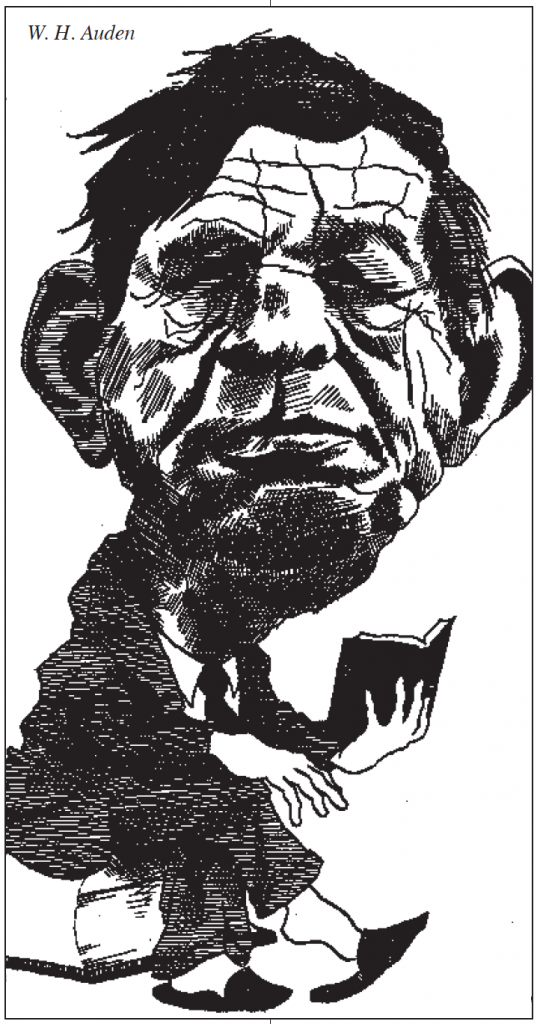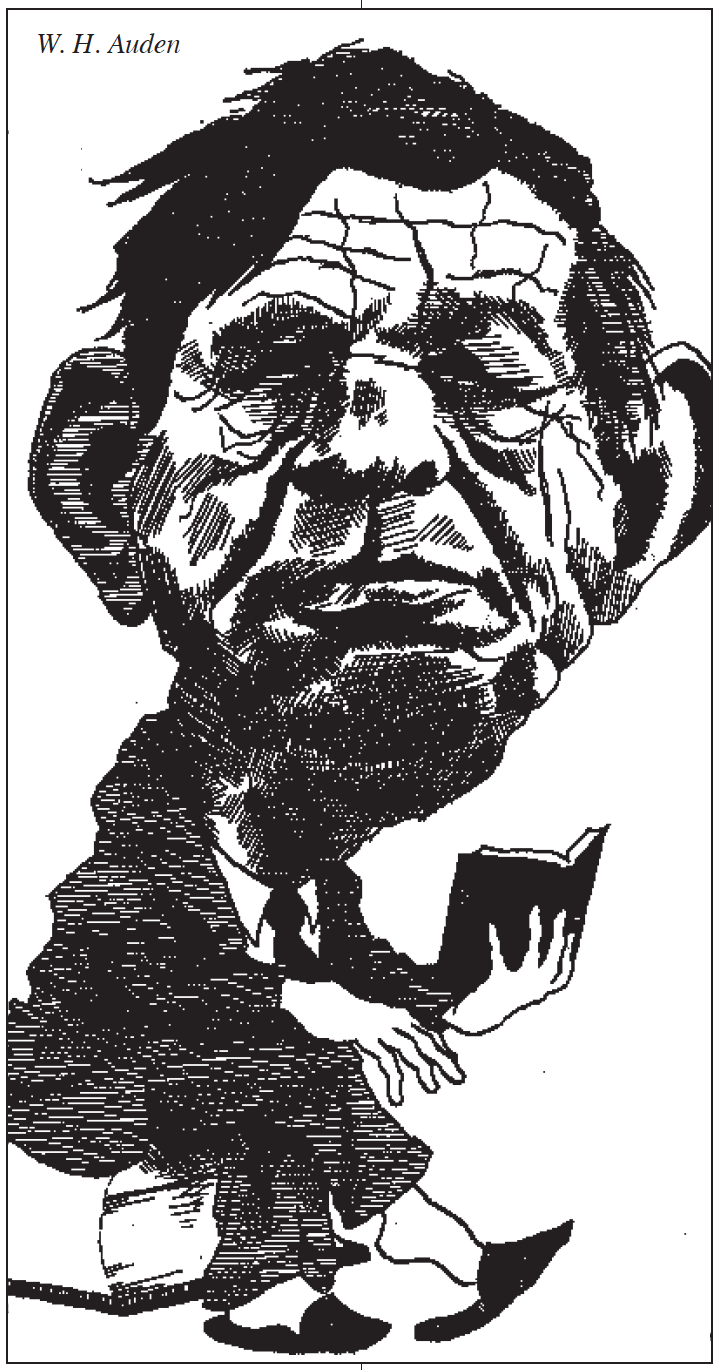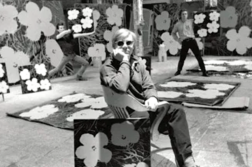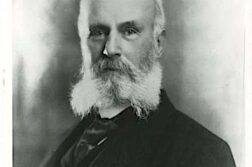THERE WAS NO such thing as “the Homintern.” It existed only as a camp joke or an imagined plot. The Comintern, or Communist International, was a real organization set up by Lenin in 1919 and dissolved in 1943. The camp term “Homintern” is often said to have been coined by Cyril Connolly or W. H. Auden, but Harold Norse claimed it for himself. Most likely, various people invented it at the same time. The humorous implication was that queer people made up a secret, world-wide network of lovers and friends, a “Homosexual International.”
The only people who ever took this simple play on words seriously were those who feared the spread of homosexual influence. In mere conversations, they saw plots; in groups of friends, conspiracies. While it’s true that some gay people became central to literature and modern culture in general, the “Homosexual International” was often superficially international and incidentally homosexual. Commented one writer on the persistence of this conspiracy theory through much of the 20th century: “The Homintern theory … is a constant obsession of certain journalists and crops up from time-to-time not only in the popular press but in the pages of otherwise respectable literary journals.” The writer was Gore Vidal, in 1970, but it could just as well have been said decades earlier or later.
 In a 1936 attack on the poet Stefan George (“Aufzeichnung Stefan George betreffend”), for example, Rudolf Borchardt claimed that the German press and publishing houses were dominated by gay men. Merely a variation on the anti-Semitic myths of Nazism, such paranoia seems unsurprising for the place and time. But one finds the same complaint being voiced in England at the same time, now coming from the Left. The best-known example is George Orwell’s attitude toward the Auden group. In Keep the Aspidistra Flying (1936), Orwell’s alter ego, the failed poet Gordon Comstock, rails against an English cultural review called The Primrose Quarterly, “one of those poisonous literary papers in which the fashionable Nancy Boy and the professional Roman Catholic walk bras dessus, bras dessous.” Comstock, who was, like Orwell, neither gay nor Catholic, regards the quarterly’s contributors as “a coterie of moneyed highbrows” and “that pansy crowd.” (“The sods! The bloody sods!”) In a later rant he comes back to the idea of the excessive cultural influence of “fashionable Nancy boys.” In The Road to Wigan Pier (1937), Orwell, speaking now in his own voice, refers several times to the Auden group as “the Nancy poets,” and he speaks of their tendency to “scratch each other’s backs”—presumably a veiled reference to sodomy as well as to mutual assistance.
In a 1936 attack on the poet Stefan George (“Aufzeichnung Stefan George betreffend”), for example, Rudolf Borchardt claimed that the German press and publishing houses were dominated by gay men. Merely a variation on the anti-Semitic myths of Nazism, such paranoia seems unsurprising for the place and time. But one finds the same complaint being voiced in England at the same time, now coming from the Left. The best-known example is George Orwell’s attitude toward the Auden group. In Keep the Aspidistra Flying (1936), Orwell’s alter ego, the failed poet Gordon Comstock, rails against an English cultural review called The Primrose Quarterly, “one of those poisonous literary papers in which the fashionable Nancy Boy and the professional Roman Catholic walk bras dessus, bras dessous.” Comstock, who was, like Orwell, neither gay nor Catholic, regards the quarterly’s contributors as “a coterie of moneyed highbrows” and “that pansy crowd.” (“The sods! The bloody sods!”) In a later rant he comes back to the idea of the excessive cultural influence of “fashionable Nancy boys.” In The Road to Wigan Pier (1937), Orwell, speaking now in his own voice, refers several times to the Auden group as “the Nancy poets,” and he speaks of their tendency to “scratch each other’s backs”—presumably a veiled reference to sodomy as well as to mutual assistance.







